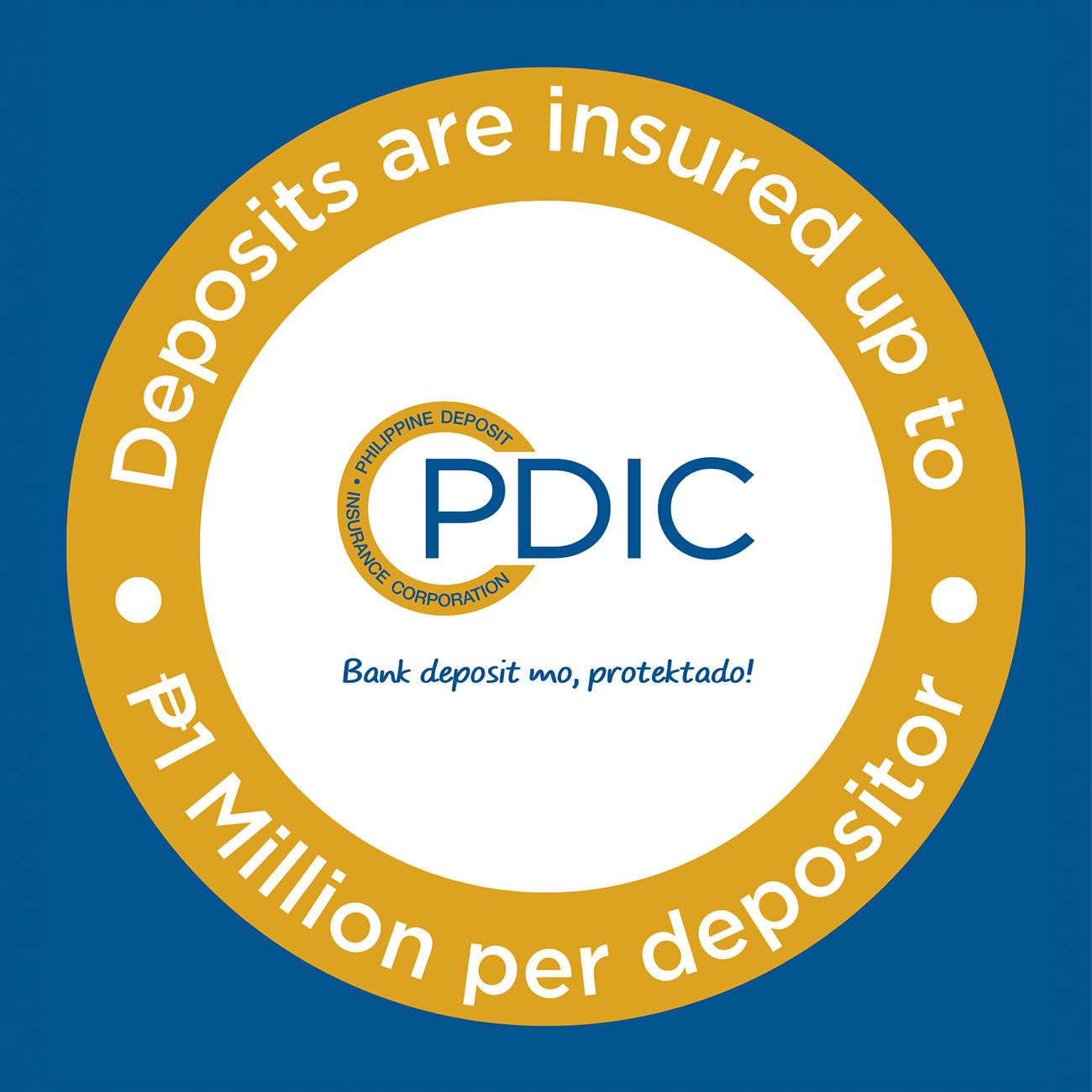Many Filipinos take out loans for various reasons—whether it's for starting a business, purchasing a home, funding education, or managing unexpected expenses. When exploring loan options, one of the most crucial things to consider is the interest rate. What is it, and how often does one need to make payments?
What is an Interest Rate?
An interest rate is a percentage of the amount you borrow. It shows the cost of using money from a lender, usually for one year. Knowing loan interest rates and how they are calculated allows you to see the true cost of a loan, compare different offers, and determine which borrowing option best fits your needs.These bank loan interest rates can change in response to economic conditions, potentially making loans more affordable or more costly depending on the market climate.
In practice, interest rates vary widely depending on the loan type (e.g., personal loan, home loan, car loan), lender policies, loan amount, loan term, collateral, and borrower credit profile. For example, personal loans might have monthly interest rates of around 1% to 3%. Secured loans like mortgages have lower annual rates, which are typically between 3% and 6%.
Understanding these different interest rate types helps borrowers evaluate loan options and better manage their loan costs and repayments. Here are the most common interest rate types you should know about:
Simple Interest
Simple interest is calculated only on the original principal amount borrowed or invested. It does not take into account any interest that accumulates over time. It is commonly applied to short-term loans or investments, such as car loans, student loans, or short-term deposits.
Compound Interest
Compound interest is interest calculated on the principal amount plus any interest that has been added from previous periods. This means you earn or pay "interest on interest." Compound interest is often applied in savings accounts, investments, and some online bank loans where interest accrues and compounds over time.
Key Rates Set by the Bangko Sentral ng Pilipinas (BSP)
While interest rate types focus on how interest accumulates, the actual rates applied to loans and savings depend largely on broader economic factors. This is where the Bangko Sentral ng Pilipinas (BSP) key rates come into play.
These rates serve as critical benchmarks that influence the lending and deposit rates offered by banks across the country. These bBank loan interest rates in the Philippines can change in response to economic conditions, potentially making loans more affordable or more costly depending on the market climate.
As of mid-2025, the BSP’s key policy rate stands at about 5.25%.
Now, let’s say your loan application has been successfully approved. Loan repayment is the process by which a borrower pays back the borrowed amount to the lender over a specific period.
Repayments can be made through various methods, including bank transfers, e-wallets, or over-the-counter payments at partner outlets. The repayment terms may be weekly, bi-weekly, or monthly, depending on the loan agreement and the borrower’s capacity.
However, the meaning of loan repayment goes beyond simply returning borrowed funds. It involves a structured plan for paying both the principal and interest in regular installments. Following a detailed loan repayment schedule ensures you can track progress, understand the financial impact of the loan, and make informed adjustments when possible.
Having that level of clarity and control is empowering. It helps you budget responsibly by showing you exactly where your money goes, whether it’s for a mortgage, tuition, or an auto loan in the Philippines.
A repayment schedule is essentially a detailed plan or timetable that shows how you will pay back a loan over time. It breaks down your loan into a series of scheduled payments—often monthly installments—called EMIs (Equated Monthly Installments).
Each payment typically includes two parts: the principal amount (the original loan) and the interest charged on it. The schedule shows important details like the due dates for each payment, how much you need to pay each time, and how your payments gradually reduce the loan balance until it's fully paid off. It is also sometimes called an amortization schedule or amortization table, which shows the changing portions of principal and interest in each payment.
The loan repayment schedule is usually provided by lenders when you take out a loan to keep you informed about your repayment obligations and progress. It builds confidence in better financial management by helping borrowers:
- Make timely payments to avoid late fees or penalties
- Prevent missed payments that could harm your credit score
- Use it as a budgeting tool
- Reduce financial stress by breaking down large debt into manageable portions
- Plan for early repayment, if possible
- Avoid loan extensions that might incur extra costs
The actual amount of the loan, combined with the agreed repayment terms and your personal repayment schedule, is key to achieving financial flexibility.
After receiving your repayment schedule, it’s important to understand how those payments are calculated. To see exactly how interest rates affect the total cost of your loan, it helps to look at a simple calculation called the interest rate formula. This formula shows you how much interest you'll owe based on the principal amount, the interest rate, and the duration of the loan.
The interest rate formula, specifically for simple interest, is:
Simple Interest (SI) = P × R × T /100
Where:
- P = Principal (the original amount of money borrowed or invested)
- R = Interest rate per year (expressed as a percentage)
- T = Time the money is borrowed or invested (usually in years)
This formula calculates the interest charged only on the original loan amount, not on accumulated interest. You can also calculate the total repayment amount with:
A = P + SI = P × (1 + R x T /100)
Here, A is the total amount to be paid back, including both principal and interest.
Suppose you borrow PHP 50,000 from a lender at an annual simple interest rate of 8% for 3 years. To find out the total amount you need to repay at the end of 3 years:
Principal, P = PHP 50,000
Rate, R = 8%
Time, T = 3 years
A = 50,000 x ( 1 + 8 x 3 / 100)
A = 50,000 x ( 1 + 24 / 100) = 50,000 x 1.24 = PHP 62,000
Hence, you will pay back a total of PHP 62,000 after 3 years. This includes your original PHP 50,000 loan plus PHP 12,000 in simple interest (PHP 4,000 per year).
Borrowing is a strategic move that grants you more financial flexibility to achieve your goals. While some see it as a risk, it doesn’t have to be. With proper knowledge, discipline, and consistency on repayments, you can use loans wisely to support your needs.

How to Pay Your Credit Card Bills Online

5 Key Terms in Your Credit Card Statement You Must Know



